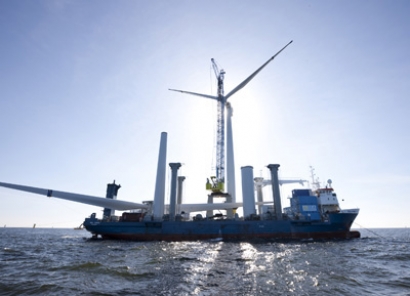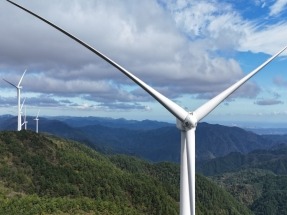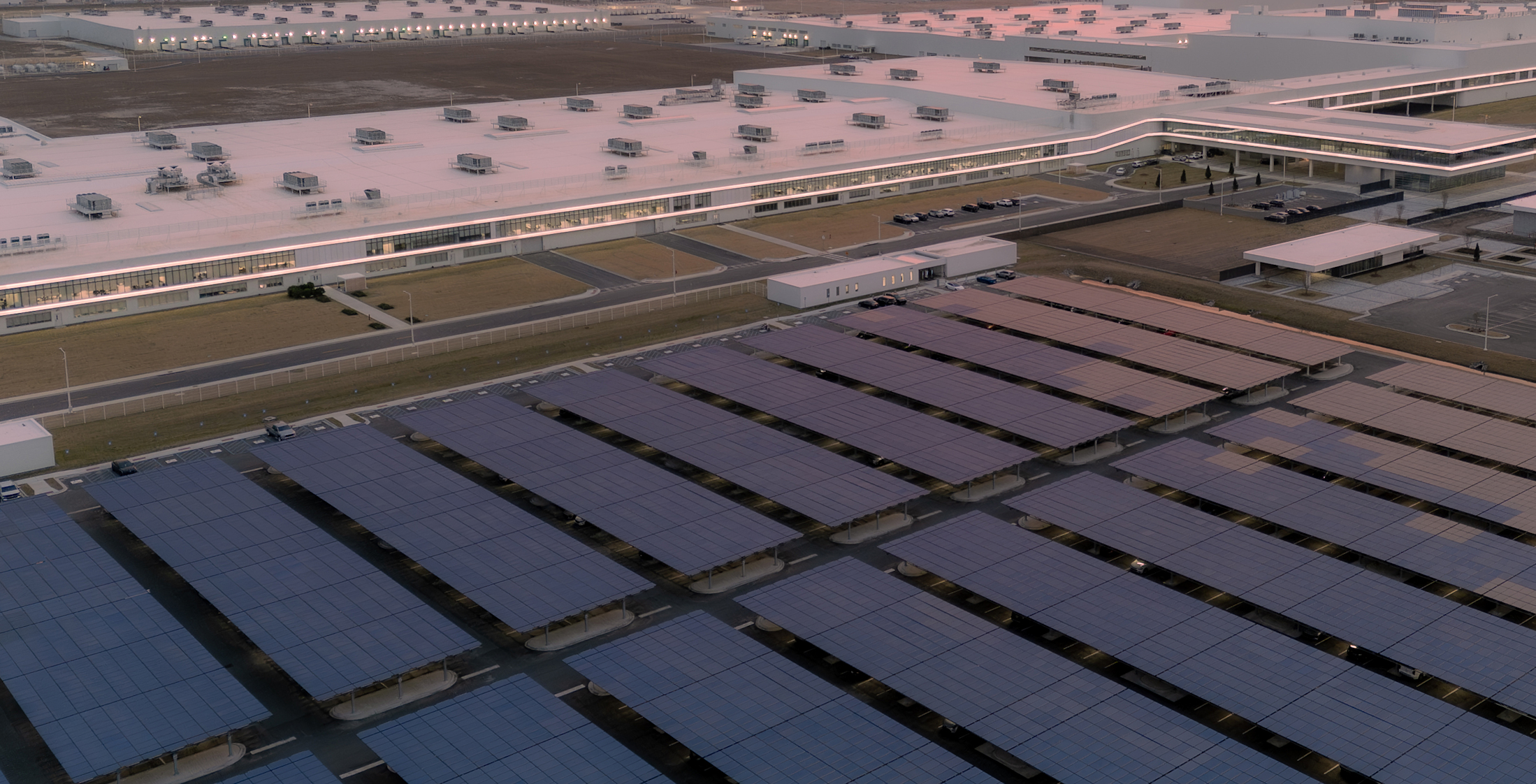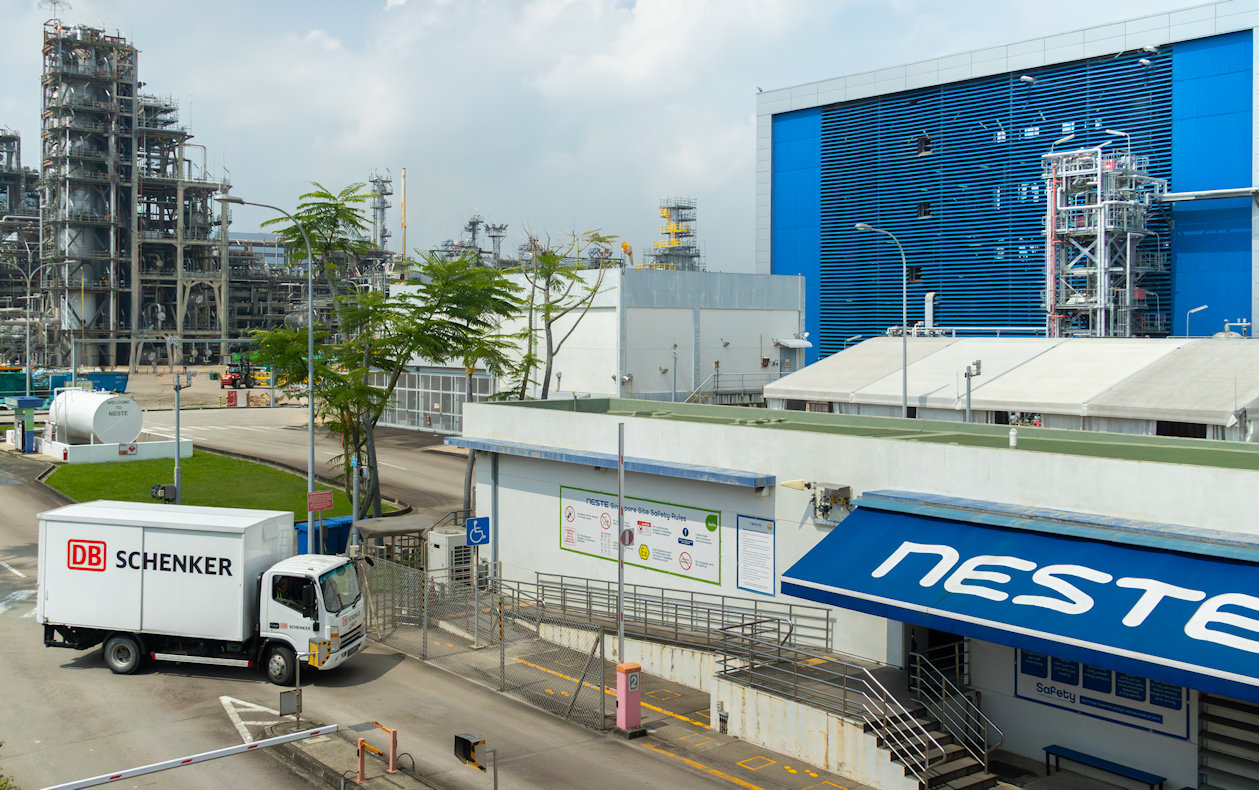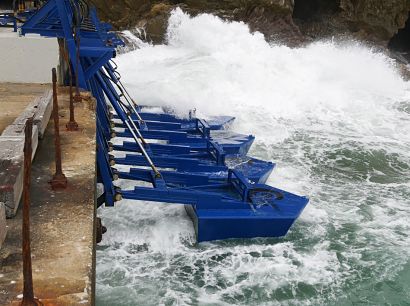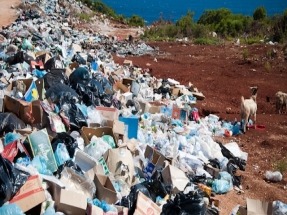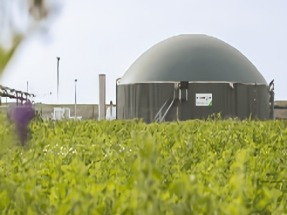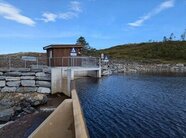Current vessels are not fit to install next-generation turbines
“Offshore wind turbines are constantly getting bigger and more powerful, reducing costs, improving competitiveness and opening new markets. However, that presents a new challenge. As new developments are moving further offshore and into deeper waters, logistics, transit and installation become more complex and require larger specialized self-propelled jackup vessels with technical capabilities far beyond the existing fleet,” said Andrei Utkin, principal analyst, Clean Energy Technology at IHS Markit.
The geographical distribution of the global WTIV fleet, currently comprising around 50 vessels with two-thirds located off mainland China and most of the rest in Northern Europe, presents a further immediate challenge to offshore wind targets. The Chinese fleet does not operate internationally, at least at this point, and much of the remaining global fleet is concentrated around and busy working in the North Sea, requiring significant time and expense to travel for installations elsewhere. Countries outside these regions will therefore face significant roadblocks to expanding offshore wind capacity unless new vessels for other regional markets are rapidly built.
The United States has targeted a particularly ambitious offshore wind goal of 30 GW by 2030, but despite the restrictive terms of the Jones Act, the only U.S.–built and flagged WTIV is not set to enter service until 2023. In order to hit its target, the country must either relax its maritime rules to permit foreign-built vessels to operate or ensure new heavy-weight vessels are built and put into service promptly.
Significant new investment needed to meet global demand for turbine installations
IHS Markit projects that the industry will need to invest a minimum of $1.2 to $2 billion to build at least four new vessels to meet global demand from 2026, outside of mainland China. Depending on where these vessels are built, the total cost may be significantly higher if local content requirements are taken into consideration, particularly in the emerging offshore wind markets of the United States and Asia Pacific.
“Although six new vessels currently under construction are expected to come online by 2023, absent further investment the global fleet would still experience difficulties to cover the global demand in 2026?27 and would most certainly fail to do so post-2028. As a result, at least four additional WTIVs are needed to cover the expected demand to 2030,” said Utkin.
While seven companies have announced the intention to build up to 16 new vessels, these are not firm contracts and final investments have yet to be secured. But conditions for investment are improving as turbine sizes stabilize and the technical capabilities for installing them become increasingly standardized.
“One of the reasons for the lack of investment in newbuild turbine installation vessels in the past was concerns over the longevity of the vessels as turbine technology was developing rapidly,” says Utkin. “Now that turbine sizes have somewhat stabilized, with more standardized technical capabilities required for vessels, you are finally seeing newbuilds being ordered. We expect that with the rise of the emerging offshore wind markets and first commercial projects coming online, investors and owners will be increasingly willing to finance and build new vessels,” Utkin stated.


